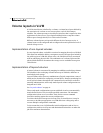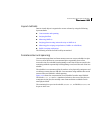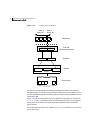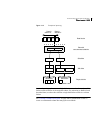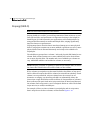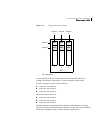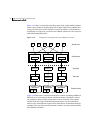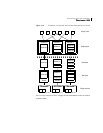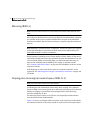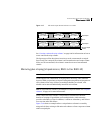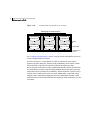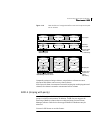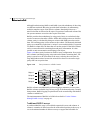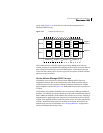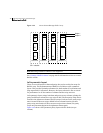
42 Understanding Veritas Volume Manager
Volume layouts in VxVM
Mirroring (RAID-1)
Note: You need a full license to use this feature with disks other than the root
disk.
Mirroring uses multiple mirrors (plexes) to duplicate the information contained
in a volume. In the event of a physical disk failure, the plex on the failed disk
becomes unavailable, but the system continues to operate using the unaffected
mirrors.
Note: Although a volume can have a single plex, at least two plexes are required
to provide redundancy of data. Each of these plexes must contain disk space
from different disks to achieve redundancy.
When striping or spanning across a large number of disks, failure of any one of
those disks can make the entire plex unusable. Because the likelihood of one out
of several disks failing is reasonably high, you should consider mirroring to
improve the reliability (and availability) of a striped or spanned volume.
See “Creating a mirrored volume” on page 249 for information on how to create
a mirrored volume.
Disk duplexing, in which each mirror exists on a separate controller, is also
supported. See “Mirroring across targets, controllers or enclosures” on page 255
for details.
Striping plus mirroring (mirrored-stripe or RAID-0+1)
Note: You need a full license to use this feature.
VxVM supports the combination of mirroring above striping. The combined
layout is called a mirrored-stripe layout. A mirrored-stripe layout offers the dual
benefits of striping to spread data across multiple disks, while mirroring
provides redundancy of data.
For mirroring above striping to be effective, the striped plex and its mirrors
must be allocated from separate disks.
Figure 1-17 shows an example where two plexes, each striped across three disks,
are attached as mirrors to the same volume to create a mirrored-stripe volume.



